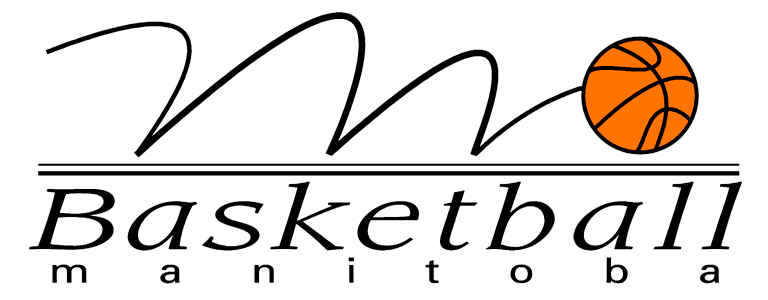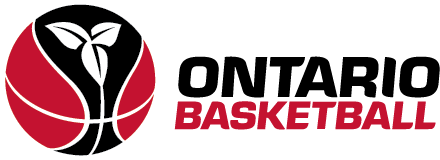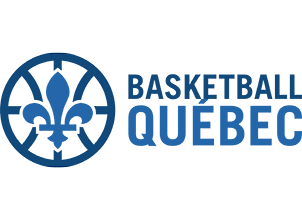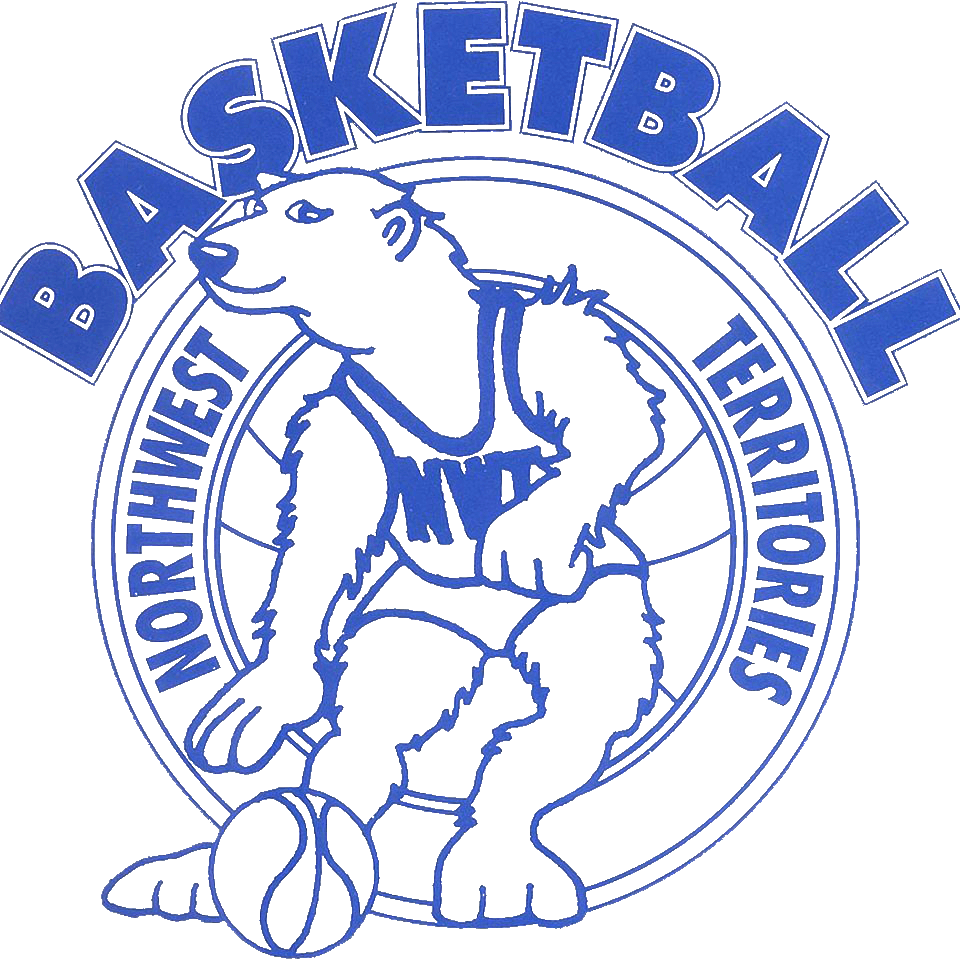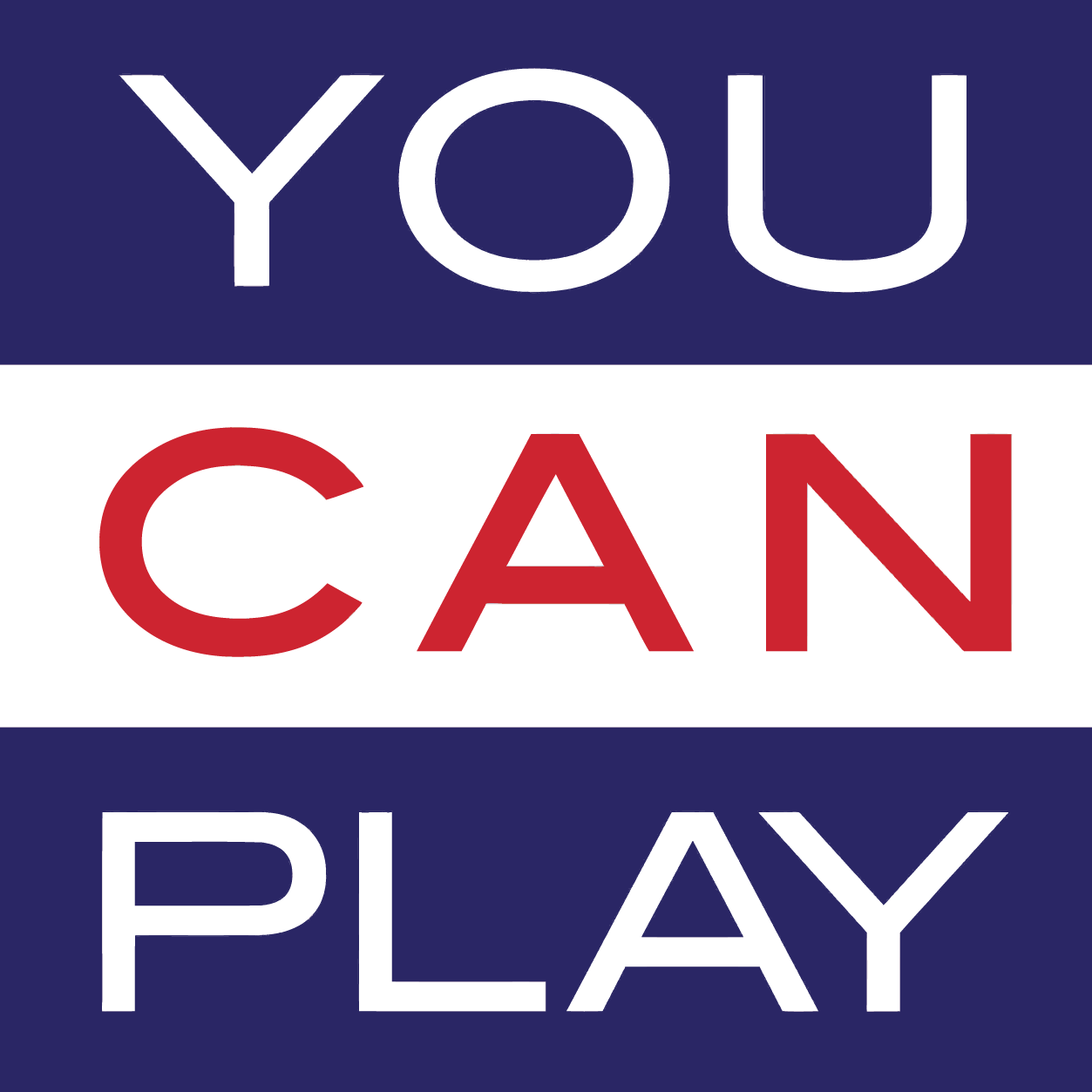LTAD
Long-Term Development in Sport and Physical Activity
The Canadian Sport for Life (CS4L) “Long-Term Development in Sport and Physical Activity 3.0” is a framework for the development of every child, youth, and adult to enable optimal participation in sport and physical activity. It takes into account growth, maturation and development, trainability, and sport system alignment. The objective of the framework is to promote both sporting excellence at the highest international level and life-long engagement in health-enhancing physical activity.
The three main goals of “Long-Term Development in Sport and Physical Activity 3.0” are to support the development of physical literacy, strive for excellence, and empower people to be active for life.
Long-Term Development in Sport and Physical Activity is built on four guiding principles:
Quality is key: Every child, youth and adult deserve a quality experience every time they participate in physical activity or sport. Quality means good programs, in good places, delivered by good people.
Optimal programming is critical: This means giving every participant in sport and physical activity what they need, when they need it, and in the way they need it to make the most progress. Optimization is participant centred and developmentally appropriate.
Inclusion is non-negotiable: Inclusion is both the removal of physical, cultural, economic, and attitudinal barriers to participation, and the designing of activities so that individuals are not excluded. Being allowed to take part is not enough. Every participant must feel safe, welcomed and included. Supports need to be in place to engage and support the diverse needs of participants, across all of the dimensions that make up that individual. Every program and service should be set up to welcome all—inclusion is a topic because our system currently excludes. We must reframe to: everyone has the opportunity, and exclusion is the exception rather than the norm.
Collaboration makes the system better: Individuals and organizations will deliver more quality experiences when they work together. Communities, sport organizations, and the health and education sectors all benefit from alignment of programming and collaboration. For example, one participant may be active in different sports or physical activities, including recreation or club programs, physical education, as well as school sport. If the organizations pull that participant in different directions, good development is less likely to happen. Through system alignment, participants are the winners.
Canada Basketball Long-Term Athlete Development Model
The Canada Basketball Long Term Athlete Development (LTAD) Model is based on the Canadian Sport for Life (CS4L) resource document “Canadian Sport for Life–Long-Term Athlete Development”, which was developed in 2005 by Canadian world leaders in the areas of child and sport development.
The LTAD Model is athlete centered, coach driven, and administration, sport science, and partners supported. The model integrates elite, community, and scholastic sport, physical education, athletes with a disability, and the general health of the nation.
LTAD is a training, competition, and recovery framework for athletes at all stages of life. LTAD focuses on the general frame- work of athlete development with special reference to growth, maturation, and physical and mental development.
The overall aim of LTAD Model is twofold:
To allow participants to find fun, fitness, social interaction, and self-fulfillment through an all-inclusive sport environment.
To develop competitive pathways that are developmentally appropriate and lead players to the highest possible levels of achievement.
Read More on the Canada Basketball Athlete Development Model
Additional Resources
Communities & Clubs
Parents
Women & Girls
Indigenous
Athletes with a Disability







